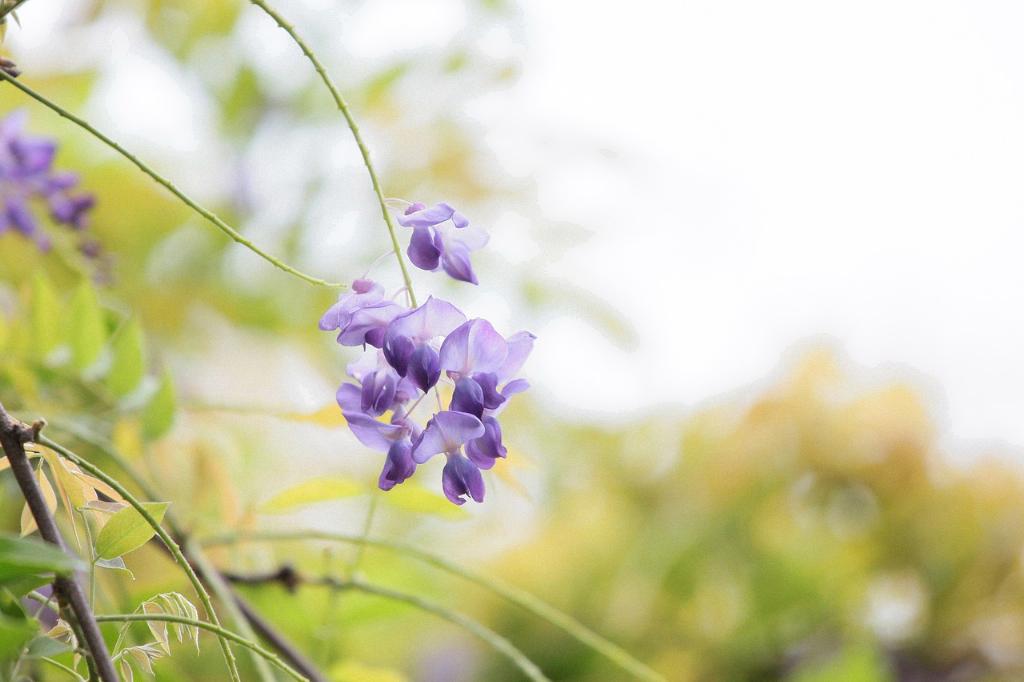Germinating Wisteria seeds can be a rewarding and exciting process for any gardening enthusiast. With proper care and attention, you can successfully grow your own Wisteria plants from seeds. In this article, we will delve into the step-by-step process of germinating Wisteria seeds.
1. Obtain Wisteria Seeds
The first step in germinating Wisteria seeds is to acquire high-quality seeds from a reliable source. You can either purchase Wisteria seeds from a reputable nursery or collect them from existing Wisteria plants.
2. Soaking the Seeds
To kickstart the germination process, place the Wisteria seeds in a jar and soak them in water for about three days. Ensure that the water is kept at room temperature to facilitate proper absorption by the seeds.
3. Stratification
After soaking the seeds, the next step involves stratification, which mimics the natural conditions that Wisteria seeds would experience in their environment. Transfer the seeds to a damp paper towel or peat moss in a plastic bag and refrigerate them for several weeks.
4. Seed Planting
Once the stratification period is complete, it’s time to plant the Wisteria seeds. Fill a seed tray or small pots with well-draining potting soil and plant the seeds at a shallow depth. Keep the soil moist but not waterlogged.
5. Warmth and Light
Place the seed tray or pots in a warm, brightly lit area to promote germination. Wisteria seeds require warmth and light to sprout, so ensure they receive adequate sunlight throughout the day.
6. Watering
Water the seeds regularly, keeping the soil consistently moist but not soggy. Avoid overwatering, as this can lead to root rot and hinder the germination process.
7. Patience is Key
Germinating Wisteria seeds can take time, so be patient and diligent in caring for your seeds. It may take several weeks for the seeds to sprout, so maintain a consistent watering and light regimen.
8. Transplanting Seedlings
Once the seedlings have sprouted and developed a few sets of leaves, they are ready to be transplanted into larger pots or directly into the garden. Be gentle when handling the delicate seedlings to avoid damaging their roots.
9. Provide Support
Wisteria plants are known for their climbing nature, so provide a sturdy support structure such as a trellis or pergola for the young plants to grow on. This will help them thrive and reach their full potential.
10. Pruning and Maintenance
As your Wisteria plants grow, regularly prune and maintain them to encourage healthy growth and abundant flowering. Pruning helps shape the plant and promotes the development of new shoots and blossoms.
11. Enjoy the Blooms
With proper care and attention, your germinated Wisteria seeds will eventually bloom into beautiful cascades of fragrant flowers. Sit back, relax, and enjoy the spectacular display of colors in your garden.
12. Conclusion
Germinating Wisteria seeds is a rewarding process that requires patience, care, and dedication. By following the steps outlined in this guide, you can successfully grow your own Wisteria plants from seeds and enjoy their stunning beauty for years to come.

